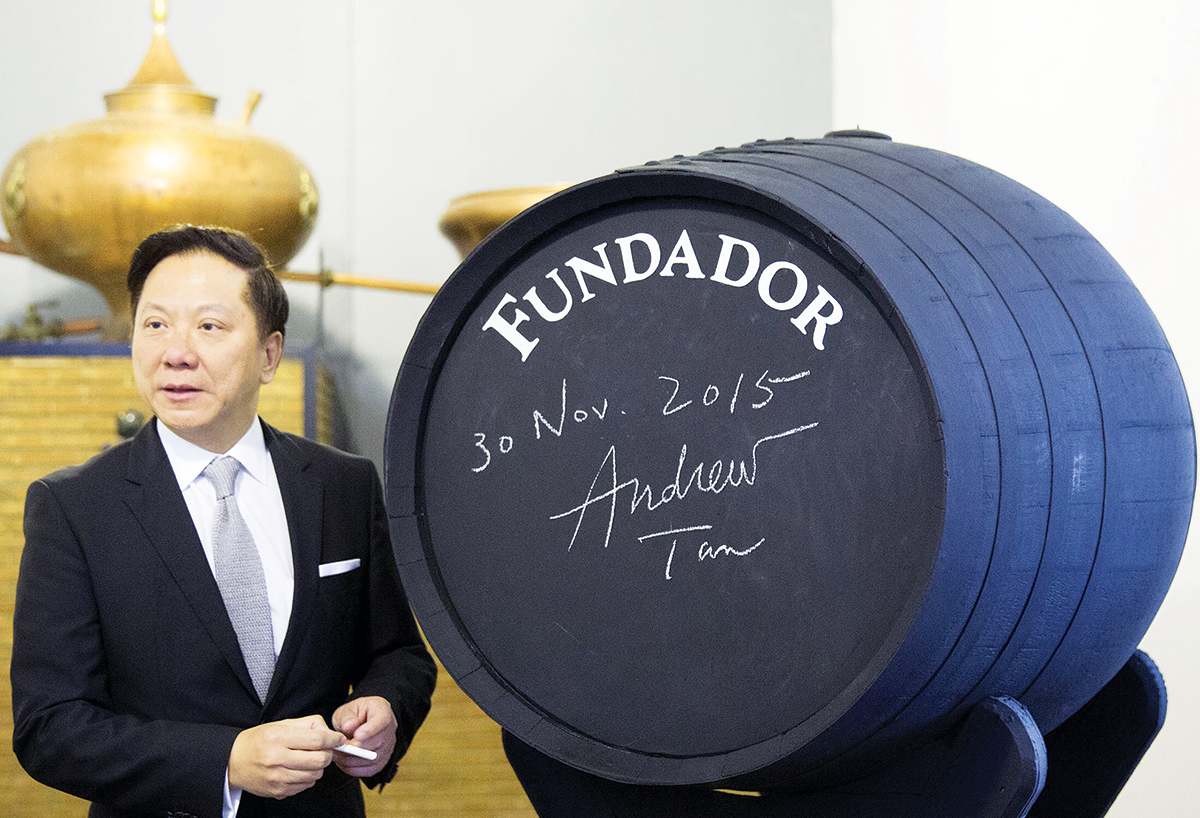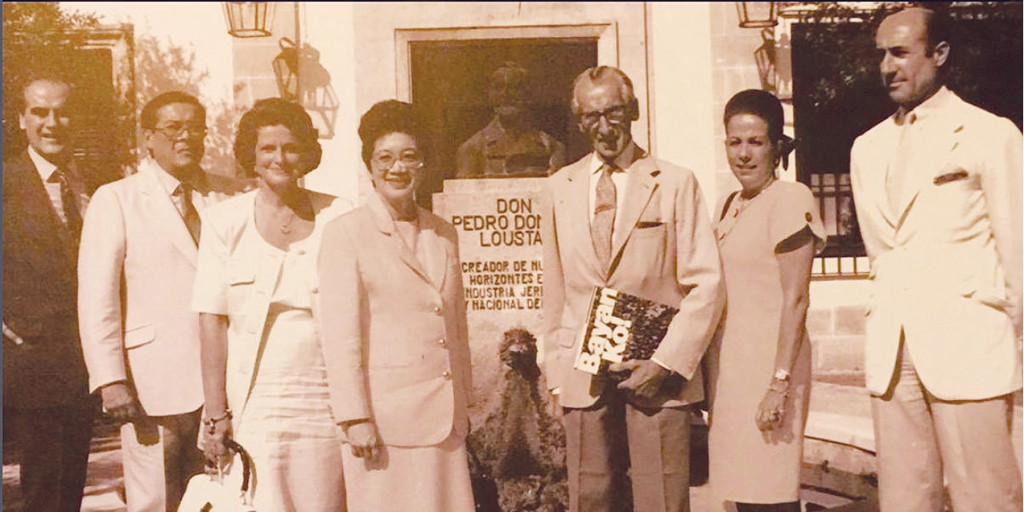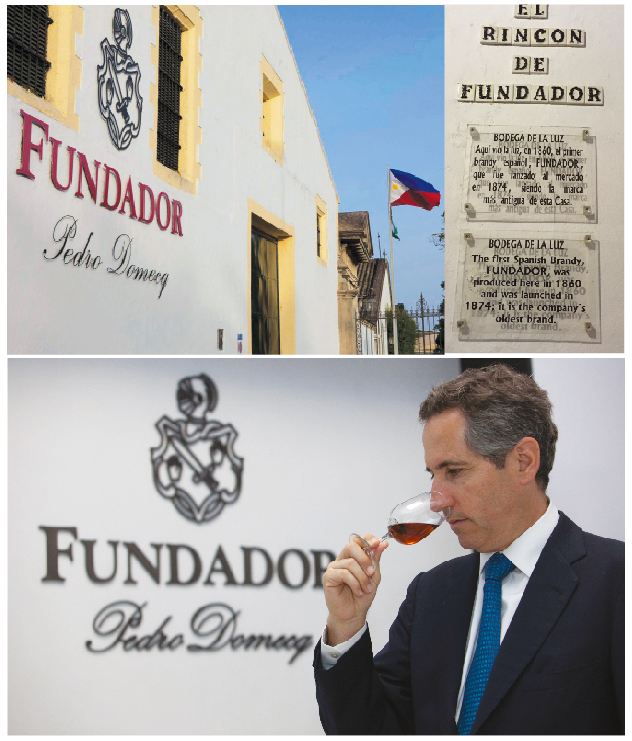By JOANNE RAE M. RAMIREZ
Like a tenacious vine deeply rooted in rich soil, Andrew Tan’s dream was to yield a harvest of brandy so rich and plentiful it would conquer the Philippines, and eventually, the world.
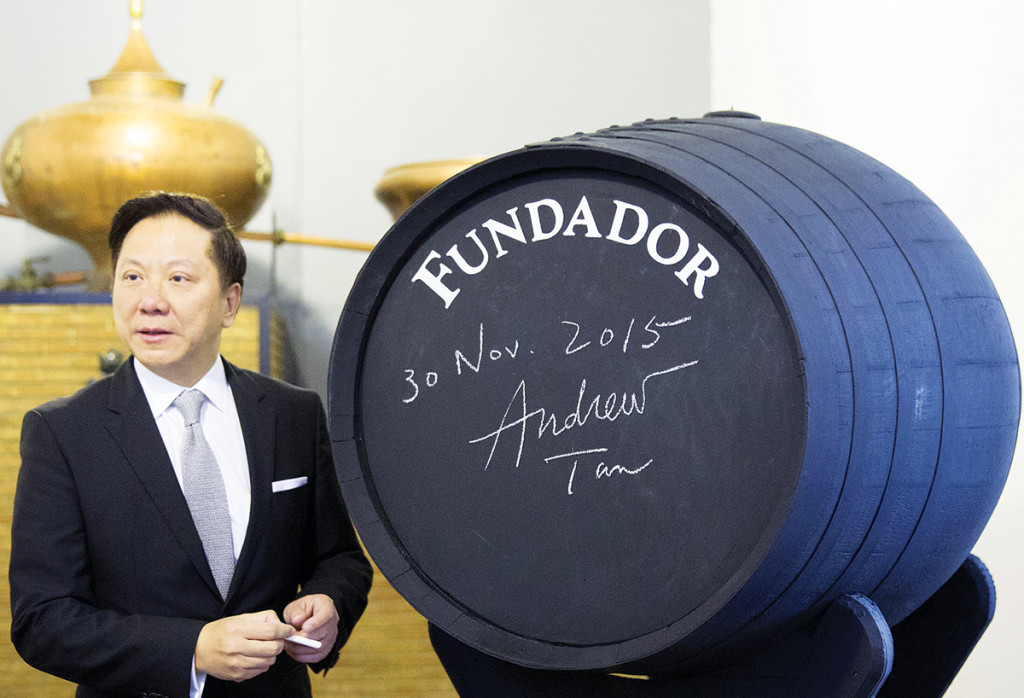
(Tycoon Andrew Tan on the day his Grupo Emperador acquired Spain’s iconic Fundador Brandy)
That was over three decades ago, and the dream brought him to the Spanish city of Jerez, where Tan and a friend came up with the name “Emperador†for the brandy he wanted to formulate. Today, Tan’s Emperador has lived up to its name as the world’s largest-selling brandy and brandy company.
Jerez, a city in the Andalusian region of Spain known for its flamenco, sherry, and horses, is also the home of Fundador Brandy, the oldest and most iconic brandy in Spain formulated in 1874 and popular with many Filipinos for the last 150 years. Fundador means “founder.â€
Brandy was an aspiration in Tan’s life. When he graduated from the University of the East in 1974, his father, pleased that his son had completed his education despite the family’s limited means, allowed him a rare treat: a small get-together at home with a bottle of Fundador on the table. The proud dad, a part-time factory worker who originally hailed from Hong Kong, invited his friends to celebrate the milestone in his son Andrew’s life.
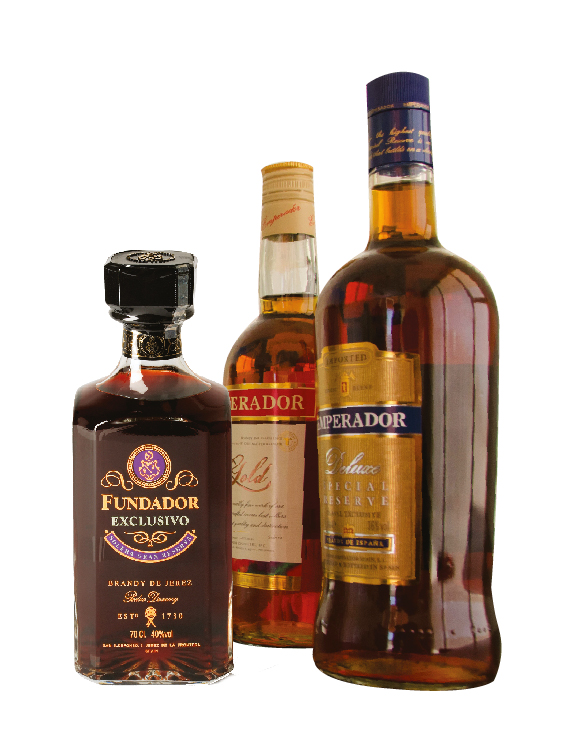
(Emperador, the largest-selling brandy in the world)
Eventually, the young man who rejoiced at a bottle of Fundador became one of the Philippines’ wealthiest — with a major global conglomerate engaged in real estate development, tourism entertainment and gaming, food and beverage and quick-service restaurants.
And Dr. Andrew Tan has always associated a bottle of Fundador with celebrating an achievement, a milestone. “He really has a sentimental attachment to the brand,†Kevin Tan, son of Andrew, reveals.
When he conquered the world of brandy with his homegrown Emperador, he decided to go a step further. He wanted to celebrate his business’ success with Fundador — not just a bottle of Fundador, but with its bodegas and vineyards as well.
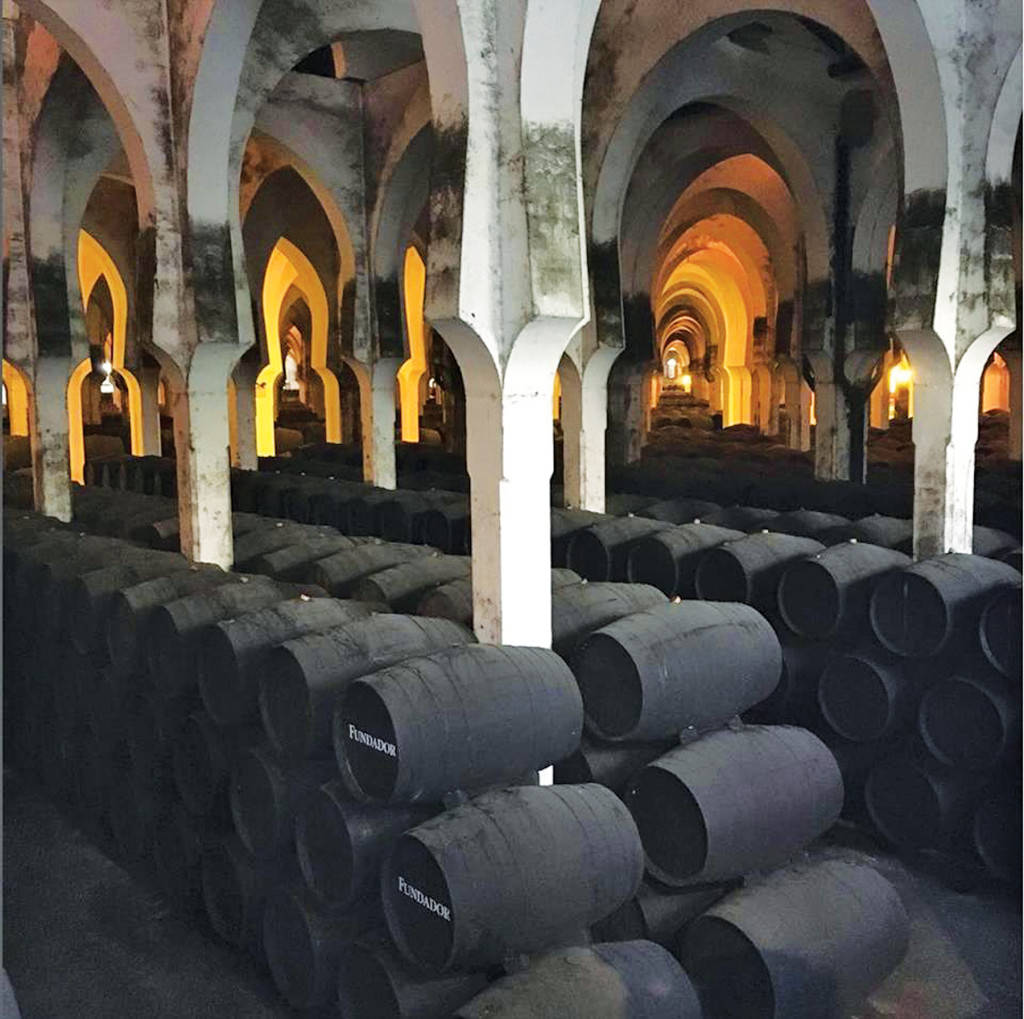
(La Mezquita, a brandy cellar in Jerez with 30,000 casks)Â
On Nov. 30, 2015, just 11 months ago, Tan’s Grupo Emperador closed a P13.8-billion (275 million euros) agreement with Beam Suntory for the purchase of Bodegas Fundador and on March 2 this year, the purchase was completed. With the purchase of Fundador, Emperador, a Filipino company, cemented its distinction as the world’s largest brandy company.
In ceremonies in Jerez last March marking the full acquisition of Fundador by the Tan-led Grupo Emperador — which was attended by Jerez’s lady mayor Carmen Sanchez — Tan recalled that day in 1983 when he wasn’t even able to gain access to a Fundador bodega.
“I came here to learn more about brandy making. I was able to visit a bodega here, but unfortunately, it was not Fundador because my Spanish friend had no connection with Fundador,†Tan recalled. Tan was so inspired by the success of Fundador Brandy in the Philippines he asked his friend to recommend a Spanish name for the brandy that he was going to produce. The friend suggested Conquistador, but Tan found it too “aggressive.â€
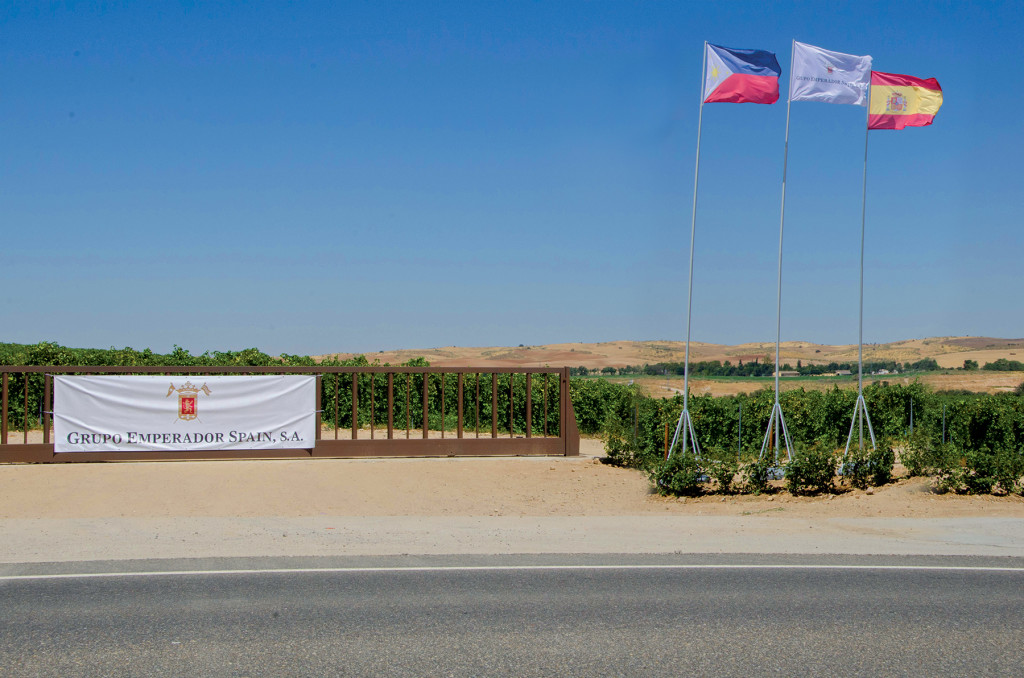
(The Philippine and Spanish flags fly over Emperador’s 1,000-hectare vineyard in Toledo)
“The next day he told me, ‘why don’t you call it Emperador brandy?’ I said that was a very wonderful name. And that was how Emperador brandy was conceived. It was conceived in Jerez but it was born in the Philippines.â€
Not long after Tan’s journey to Jerez, he distilled his dream and made it a golden reality. And thus began the reign of Emperador Brandy in the Philippines, and eventually, the world.
A conquest
Almost five centuries ago, the islands now known as the Philippines were conquered by the kingdom of Spain. The world has shrunk, and in many cases, has lost its borders due to free trade, shared cultures, intermarriages and boggling advances in communication.
With an iconic Spanish brand now owned by a Filipino company, you could say that when it comes to brandy, the Philippines has reversed history and conquered Spain.
Emperador’s acquisition of the iconic Spanish brand was a proud moment for all. After all, not only has Emperador conquered brandy production in Spain with the acquisition of the 286-year-old Bodegas Fundador — it has conquered the world by becoming its largest brandy company.
 “A new era begins not just for Fundador, but the whole brandy and sherry industry in Spain,†said Tan in Jerez last March. “This is an era that will bring in more innovation and ideas.â€
Tan’s goal is to create the world’s best brandy, now that he already owns the biggest brandy company in the world.
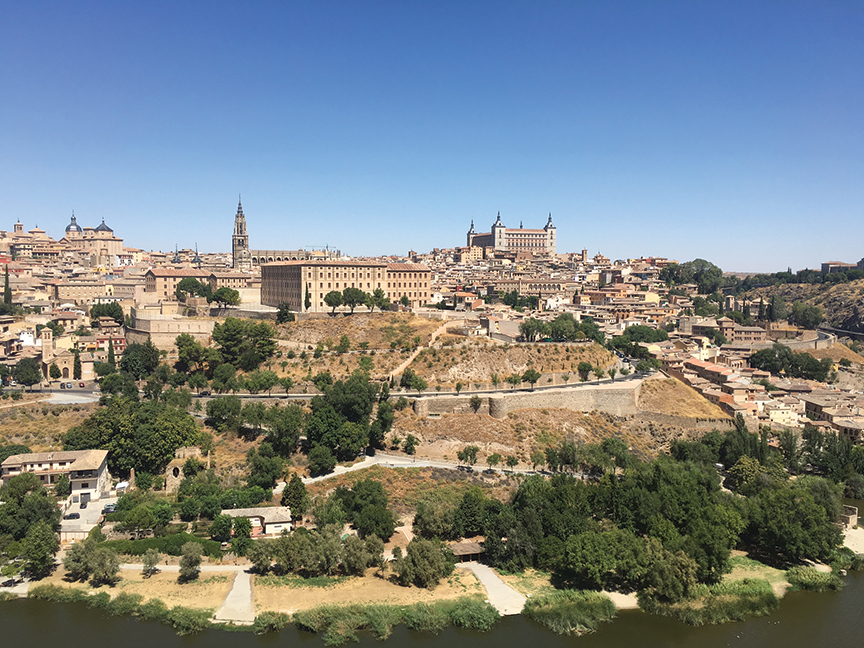
(The ancient walled city of Toledo, the former capital of Spain)
“The brandy business has always been my passion. I have dedicated my whole life to brandy making. That is why today, I can say that I have achieved my greatest dream. This dream is about having Fundador become part of Emperador. We are now the world’s largest brandy company.â€
For his part, Grupo Emperador Spain managing director Jorge Domecq, a scion of Fundador founder Pedro Domecq, said the turnover of the oldest, largest and most iconic brandy company to Emperador is a major milestone for Fundador, too.
“With the combined brandy production facilities of Emperador and Fundador, the world’s largest brandy company is born. We now have almost 1,500 hectares of vineyard land in Spain, around one million square meters of cellar and bottling facilities and four distilleries worldwide,†declared Domecq.
It’s not just Fundador that is being produced by Tan’s brandy conglomerate in Spain. Emperador Brandy will soon be produced in the most modern vineyards in Spain, which has the largest vineyards in Europe dedicated to brandy production.
(Grupo Emperador’s acquisition includes the iconic brands of Fundador Pedro Domecq, the Philippines’ largest selling premium imported brandy brand; Terry Centenario, Spain’s no. 1 selling brandy; Tres Cepas, Equatorial Guinea’s no. 1 brandy; and Harveys, United Kingdom’s no. 1 selling sherry wine. These brands carry a unique heritage and market leadership position in their respective categories.)
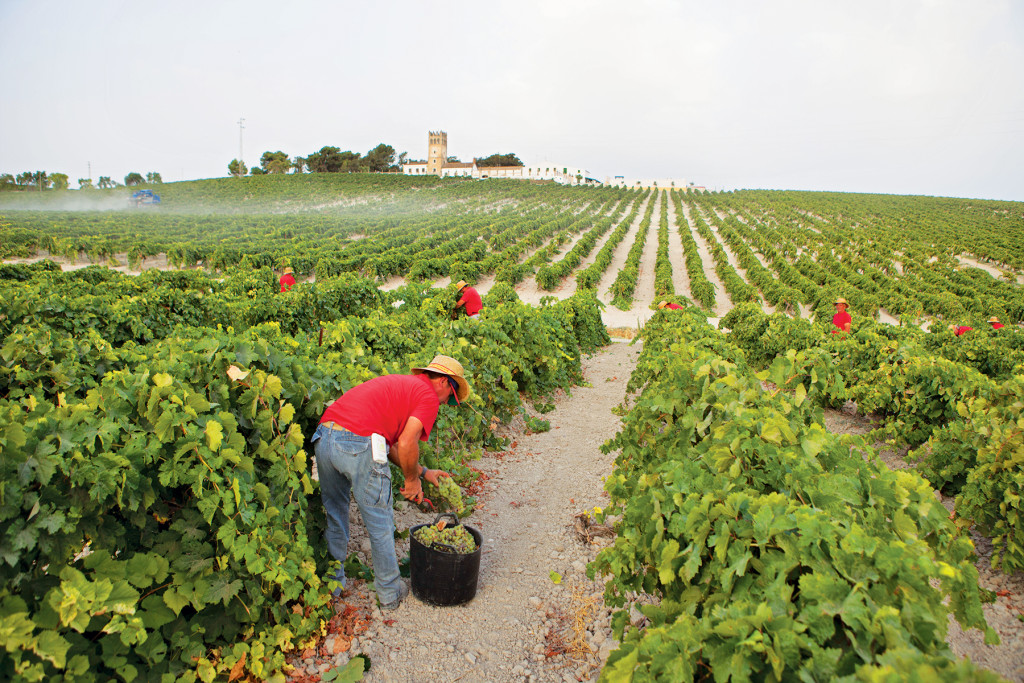
(Fundador’s 268-hectare vineyard in Jerez)
Harvest time
Grupo Emperador recently took a group of Filipino journalists to Spain to observe how brandy is made — from the time the grapes are harvested off the vine, to the time they are distilled, stored, aged, bottled and sent out to the world. We were taken to Emperador’s vineyards in Toledo, about an hour from Madrid, and Fundador’s vineyards in Jerez, about four hours by train from the Spanish capital.
Unlike traditional Spanish vineyards, Emperador’s Toledo vineyard in Daramezas features state-of-the-art technology that promotes high production of grapes while reducing production cost. “With this total integration in our brandy production, we’re in the best position to continue making Emperador the No. 1 brandy in the world,†Domecq declared.
 “As you know, Emperador is the best-selling brand of brandy in the world and four years ago, Mr. Tan decided not to be only the best-selling brandy in the world. He also wants to be the top producer of grapes and wine to produce brandy in the world. That’s why we started the project of the Daramezas vineyard in Toledo today.â€Â
“The vineyards are dedicated to both the production of brandy and wine. We first produce the wine, and later we distillate the wine and we produce the aguardientes (an alcoholic product of distillation that carries at least 29 and up to 60 percent of alcohol by volume). After, we transform the aguardiente into brandy by aging it.â€
 According to Domecq, Tan decided to produce the wine exclusively to distillate it later to produce brandy. Currently, there’s no vineyard in Spain dedicated exclusively to the production of brandy. But today, Tan decided to use exclusively one vineyard for the production of brandy.Â
We also visited the vineyards in Jerez where the Palomino grapes that produce Fundador are produced before going to the historic bodegas or cellars where the brandy is aged in sherry casks before they are transferred to a modern bottling facility. We walked the vineyards and plucked grapes from the vines, as the workers did, tenderly laying them down in heaps in metal baskets.
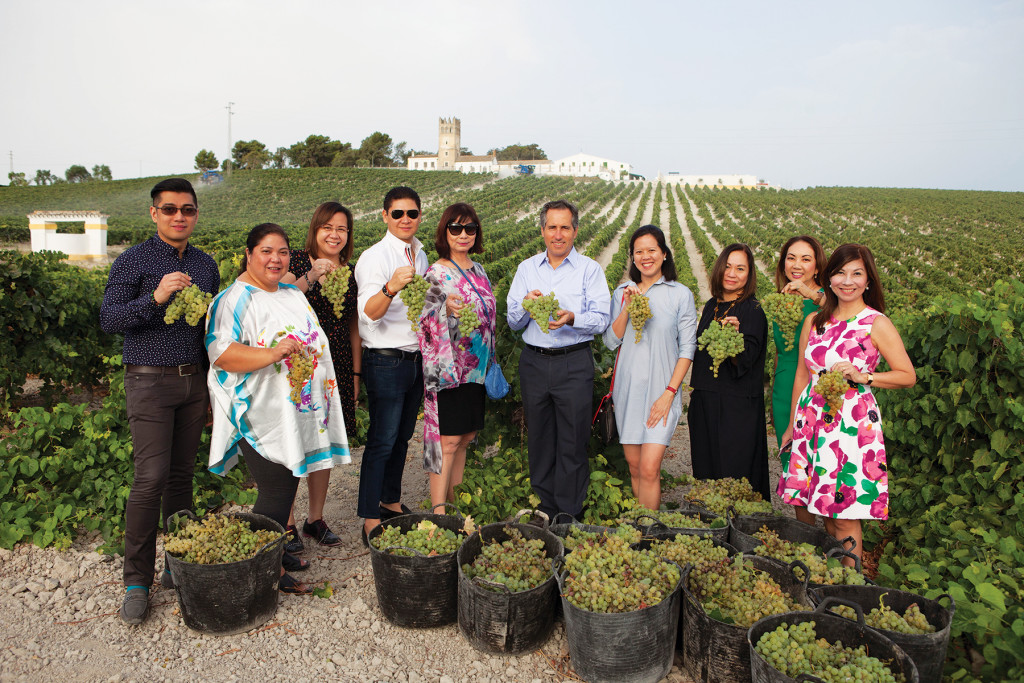
(The Philippine media delegation that toured Grupo Emperador vineyards in toledo and Jerez with the group’s managing director in Spain Jorge Domecq. From left are Megaworld’s Harold Geronimo, Bulletin’s Armin Amio, Inquirer’s Tina Arceo-Dumlao, Tatler’s Anton San Diego, STAR’s Millet Mananquil, Domecq, Town and Country’s Yvette Fernandez, Inquirer’s thelma San Juan, Lifestyle Asia’s Anna Sobrepeña and the author)
‘La Mezquita’
We toured the colossal La Mezquita, one of the largest brandy cellars in the world, which was opened in 1974 to celebrate Fundador’s centennial.
It mirrors a mezquita (“mosqueâ€), with its graceful horseshoe arches and vaulted high ceilings.
The 25,000 sq.m. La Mezquita Bodega is composed of seven warehouses, whose gabled roof rests on columns, supporting each side of the arches. At its highest point the arcades are double.
The scent of gloriously aging sherry in oak casks filled the bodegas. Brandy actually is aged sherry, and sherry is aged wine. You can only make brandy inside sherry casks.
Brandy was formulated by accident three centuries ago — sherry was left aging in casks and when Pedro Domecq opened the casks, voila! Brandy, an intoxicating golden liquid befitting royal tastebuds, emerged.
On one side of the warehouse, there is a viewing point from where you can observe the true majesty of the building and the impressive perspectives illustrated by charcoal-colored casks, and bone-colored columns and arches.
Almost a quarter of a century ago, former President Corazon Aquino visited La Mezquita Bodega as a guest of Fundador’s owners, the Domecq family. The Spanish flag waved proudly at the entrance of the bodegas, which look like a Catholic church on the outside even as it resembles a mezquita on the inside.
(The late former President corazon Aquino with then ambassador to Spain Johnny Rocha, Beatriz Zobel, Pilina Rocha and Domecq scions at the Bodega Fundador in 1992)
 “I remember we had lunch in the cloisters within the bodega,†recalls former Press Undersecretary Deedee Siytangco, who accompanied Cory to the bodegas. The cloisters are part of the bodegas, which include several warehouses, all with cavernous interiors straight out of Medieval times.
 Cory was then the special guest at the October 1992 World Expo in Seville, and a side trip to Jerez was arranged by the Philippine ambassador to Spain, Johnny Rocha, and his wife, Pilina. Cory was also accompanied by her close friends Beatriz Zobel and Mercy Tuason, who was to become Philippine ambassador to the Vatican under President Noynoy Aquino, Cory’s only son.
“Cory had sherry after the toast, perhaps the first time she ever drank sherry in her life,†remembers Deedee.
It was an auspicious toast, because 24 years later, the Philippine flag now flies proudly alongside the Spanish flag outside the bodegas. I’m sure the former President, had she known that milestone was in the offing in 1992 because of a visionary businessman named Andrew Tan, would have raised her glass in a toast and proudly said, “Mabuhay!â€Â
(Grupo Emperador Spain managing director Jorge Domecq, a descendant of the brand’s founder, Pedro Domecq)
Like several members of royalty, including the current King of Spain Felipe, and bona fide members of American royalty, like Caroline Kennedy (JFK’s daughter) and Hollywood royalty Charlton Heston, Cory was requested to sign with white chalk one of the 30,000 barrels in the bodegas.
Twenty three years later, on Nov. 30, 2015, Tan purchased Bodegas Fundador lock, stock and barrel, and signed his own cask. He wrote, “A new era begins.†Today, it stands alongside the cask signed by Cory.Â
In their own ways, both Cory Aquino and Dr. Andrew Tan are both icons: Cory for being a democracy icon, and Tan for being a business and brandy icon as he now owns the biggest brandy company in the world and the oldest and most iconic brandy in Spain.
In purchasing Bodegas Fundador, and by creating the global brandy giant Grupo Emperador, Tan raised and continues to raise the Philippine flag — literally and figuratively — on the world stage.
As Tan told Fundador employees when he first met them, “Saludos desde Filipinas (Greetings from the Philippines)!â€
“A new era for Fundador has just begun. This company was born almost 300 years ago. I have come here to grow and revive the glory of brandy and sherry making in Jerez, and to continue the legacy of Bodegas Fundador,†he added.
In a way, it wasn’t just grapes that were harvested from the Grupo Emperador vineyards both in Toledo and Jerez. It was a dream that was harvested from those vineyards, which stretches as far as the eyes can see. It’s a dream that continues to be nourished each day by Andrew Tan, and it’s a dream that comes true every day, in virtually every place under the sun.Â
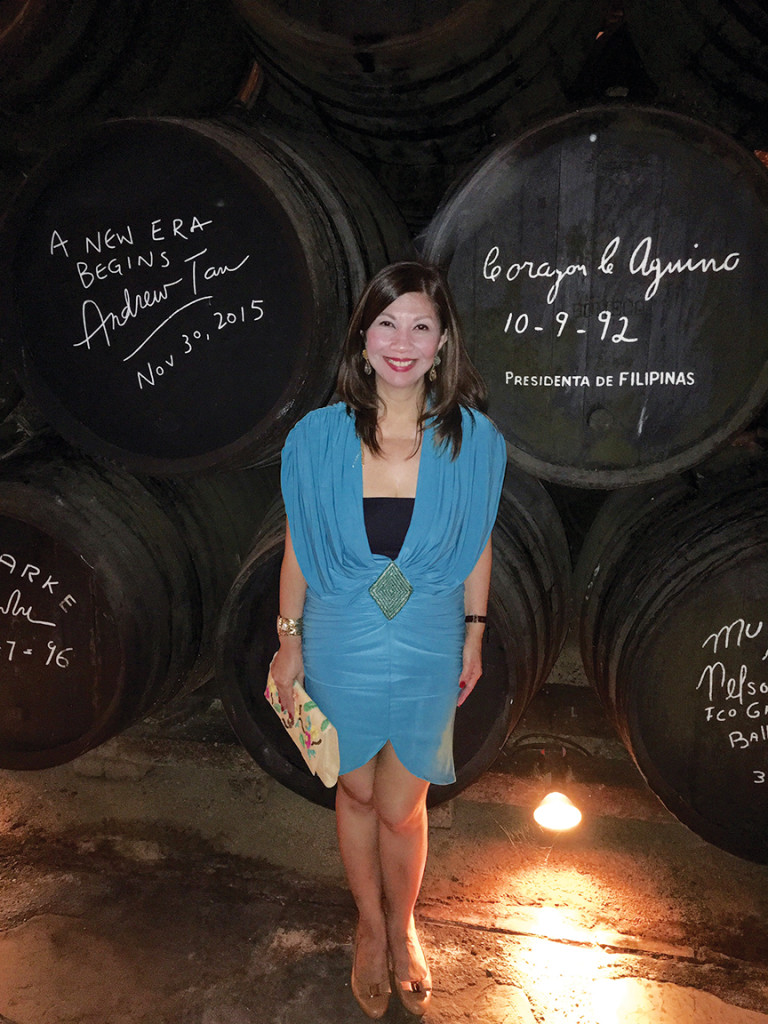
(The author poses betwen the sherry casks signed by Andrew Tan and Cory Aquino)

